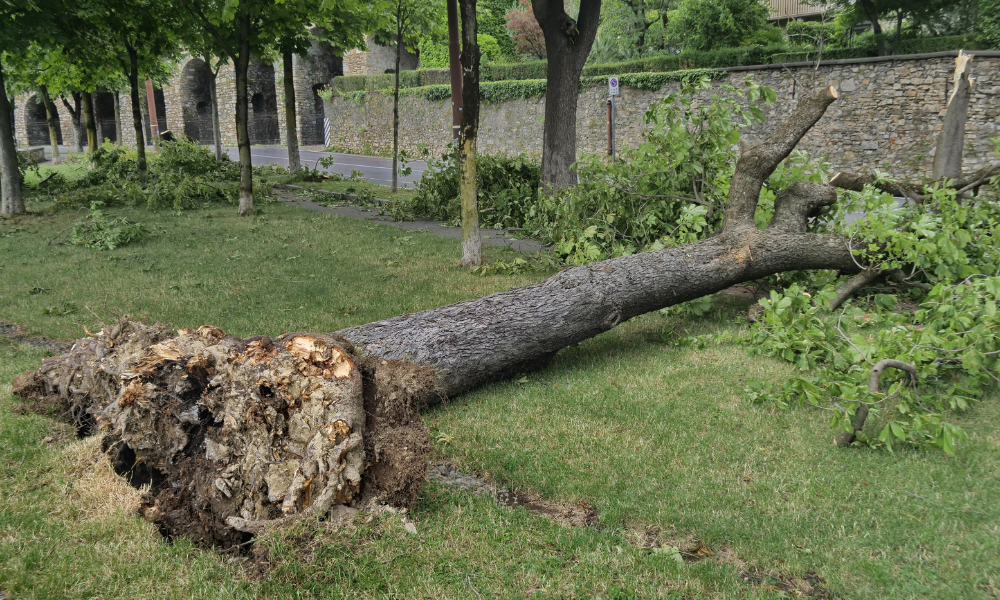Toronto Hydro employee killed after incident in underground vault

Ontario employer Toronto Hydro-Electric System Limited has been fined $200,000 after one of its workers was killed while connecting electrical cables.
The company must also pay a 25 per cent victim fine surcharge as required by the Provincial Offences Act, to be credited to a special provincial government fund to assist victims of crime.
Read more: Workplace fatality leads to six-digit fine for energy company
On August 12, 2020, a six-person crew from Toronto Hydro was working in an underground electrical vault. The work was limited to disconnecting energized secondary cables to a transformer so the transformer could be removed and replaced by a different crew.
The crew manually disconnected the secondary cables connected to the transformer while wearing insulated rubber gloves. However, a reading was taken that indicated the current was too high.
Read more: Nova Scotia Power technician dies while working on power line
To reduce the current, the crew had to perform a different task involving the connection of a previously removed tie-cable to another service cable. During the connection of the final cable, the worker was still wearing insulated rubber gloves while securing a bolt with a box wrench and holding an impact gun in the other hand.
The worker came into contact with low voltage electricity, suffering injury and a fall. The worker was taken to hospital but succumbed later to their injuries from the electrical contact.
Read more: Worker dies from electric shock
“Section 183 of Construction Projects, Ontario Reg 213/91 requires every reasonable precaution be taken to prevent hazards to workers from energized electrical equipment, installations and conductors,” a Ontario government statement read.
“Accordingly, the defendant failed to ensure that measures and procedures prescribed by section 183 of the regulation were carried out in the workplace, contrary to section 25(1)(c) of the Occupational Health and Safety Act (OHSA).”





